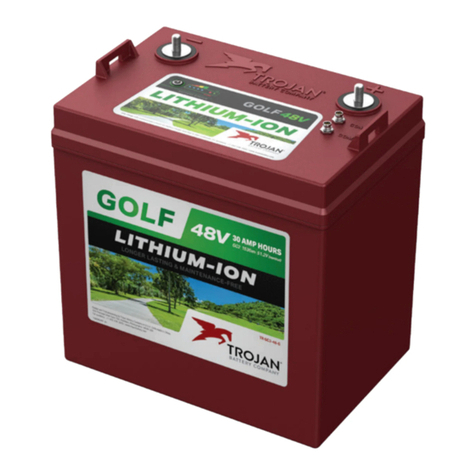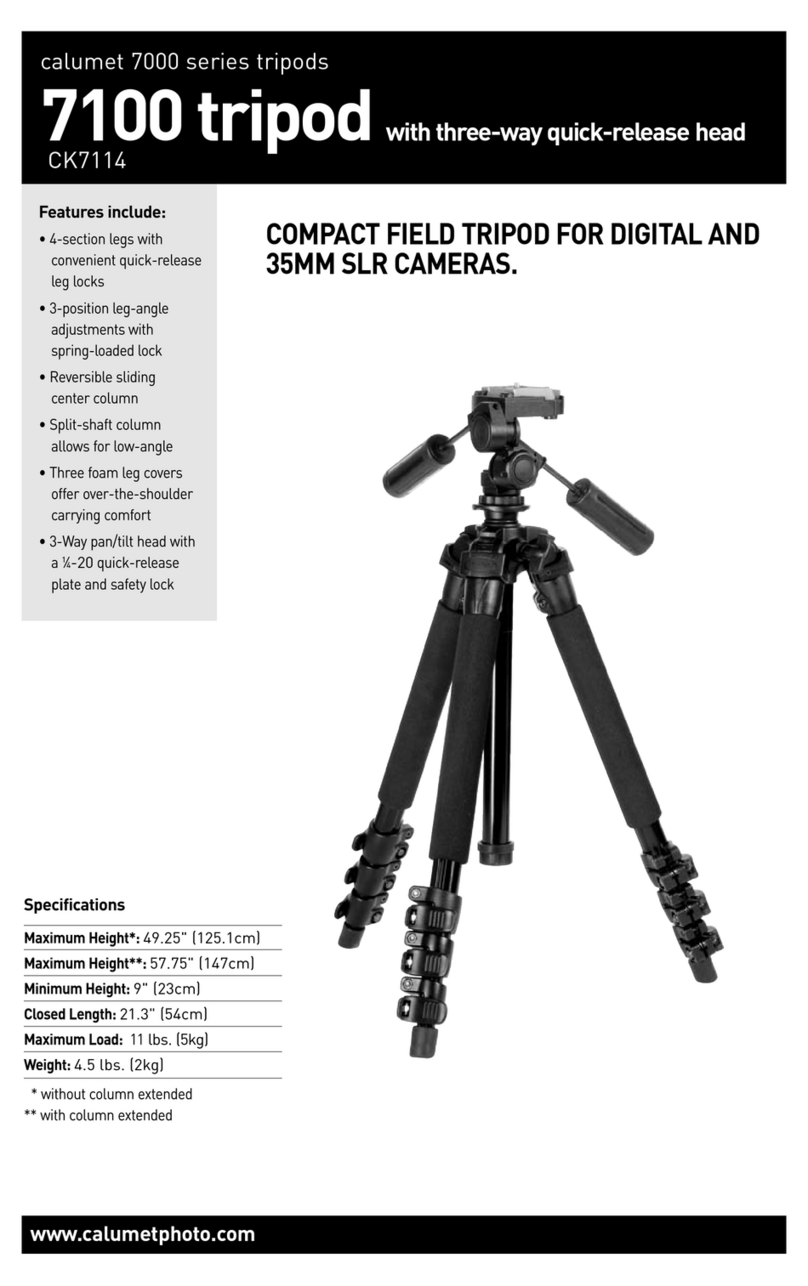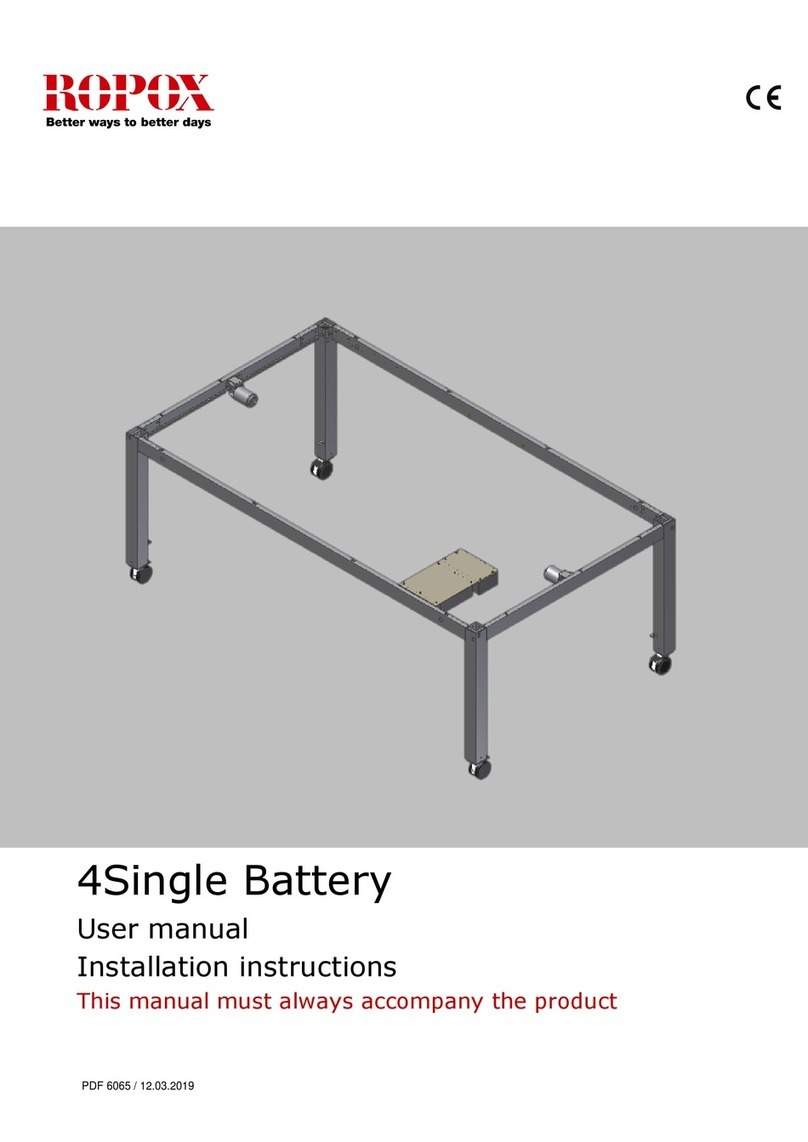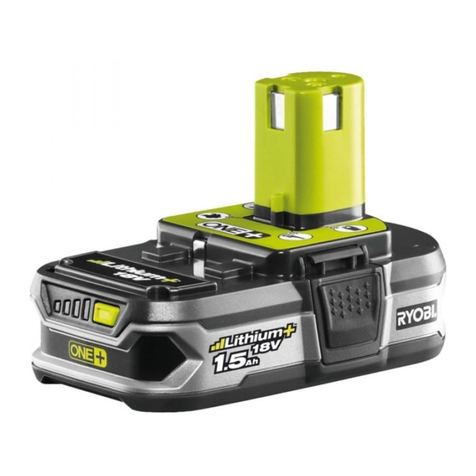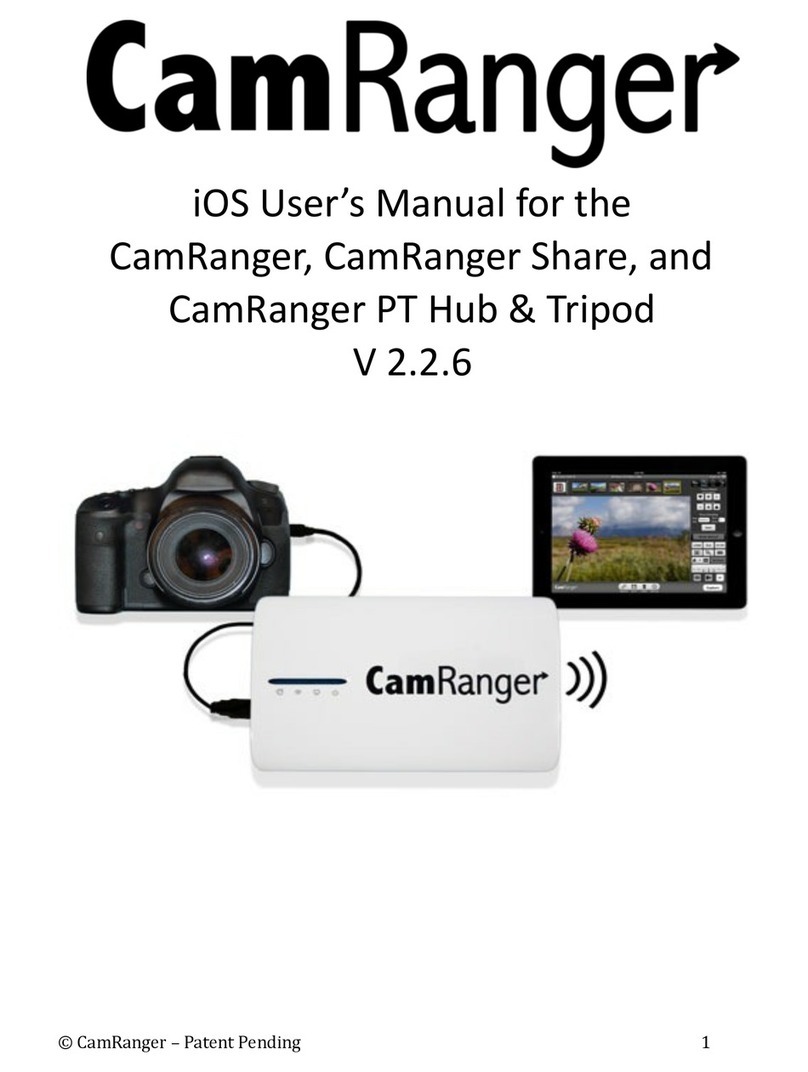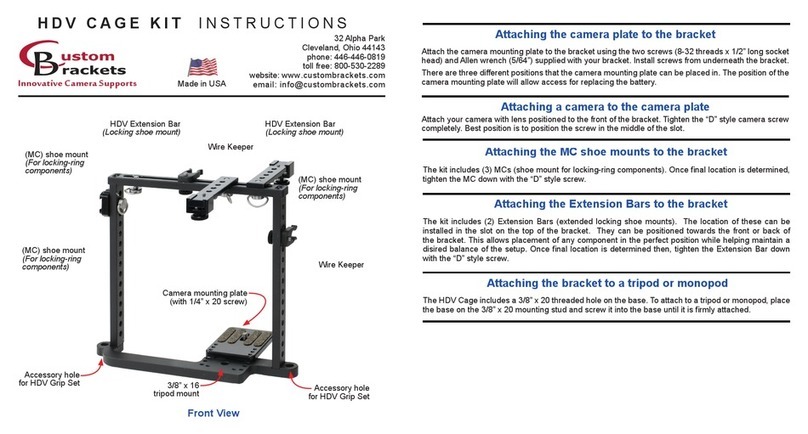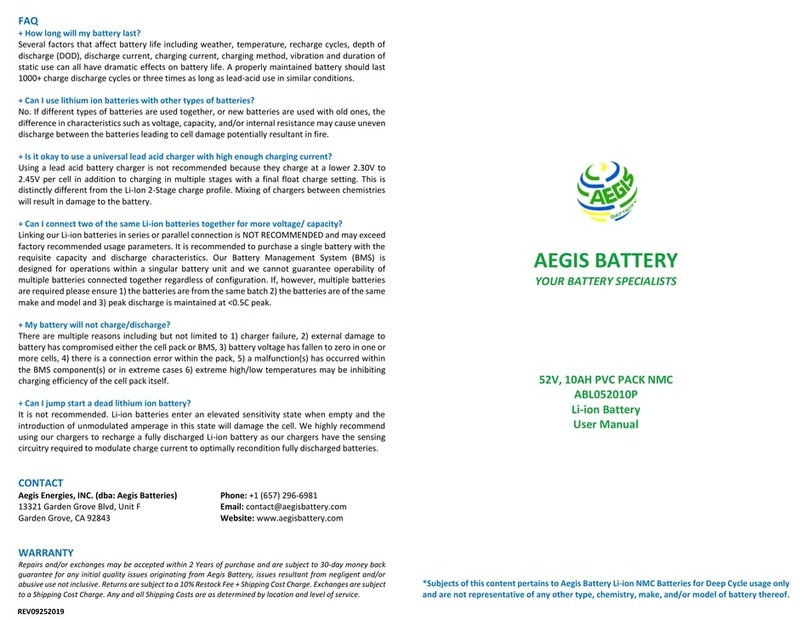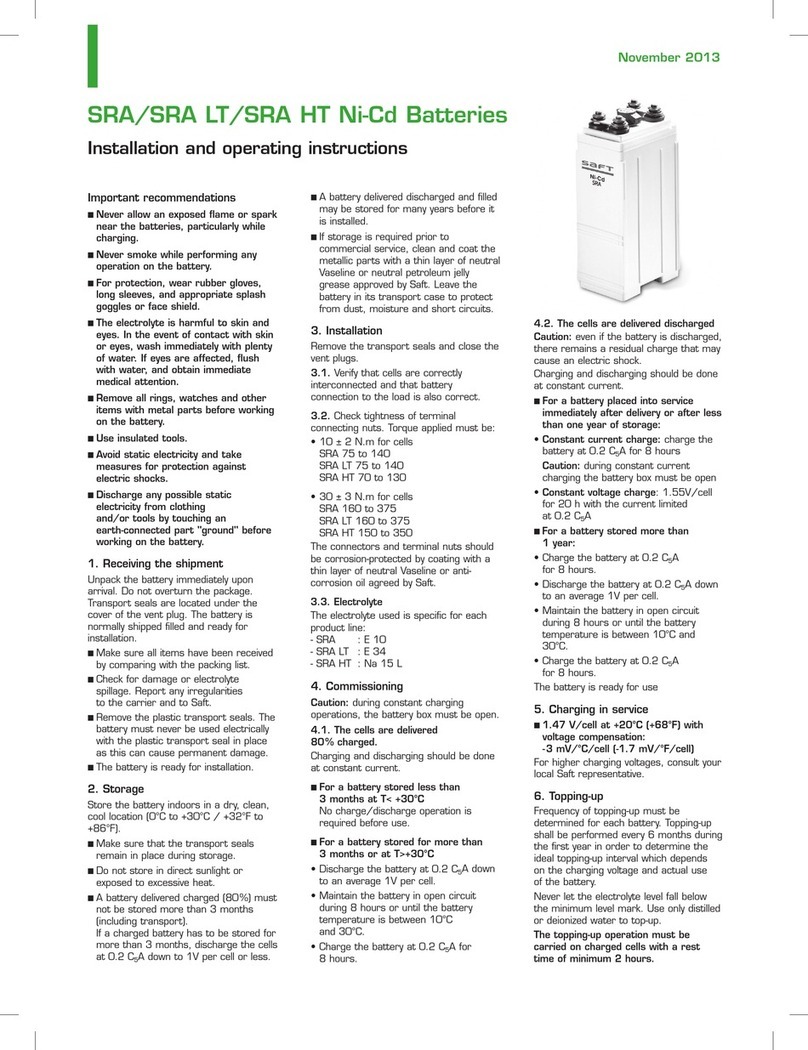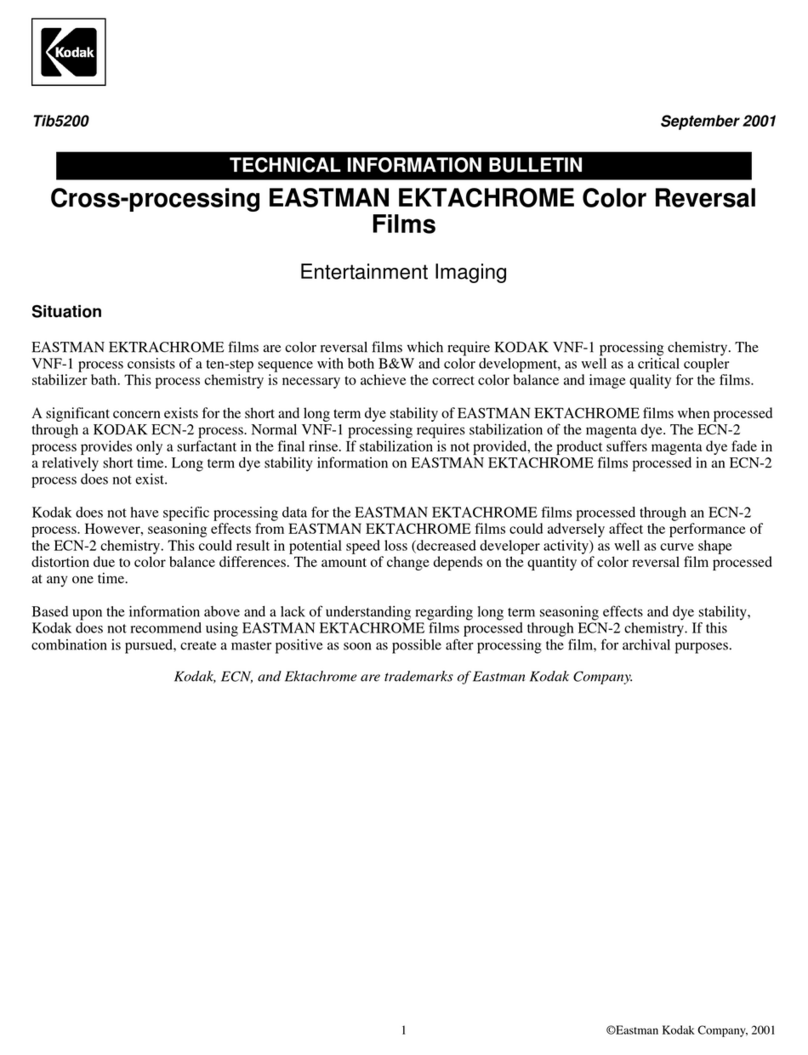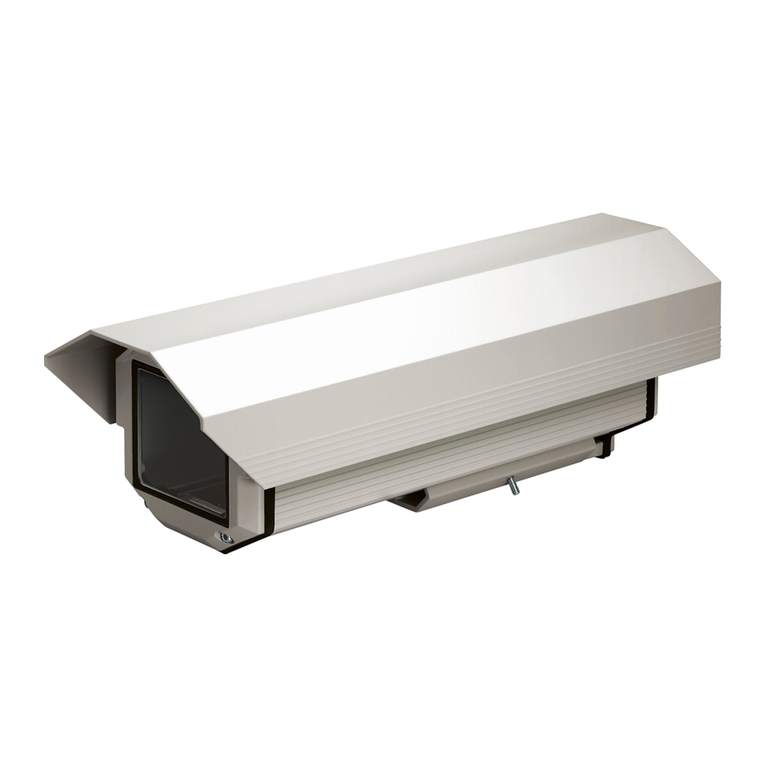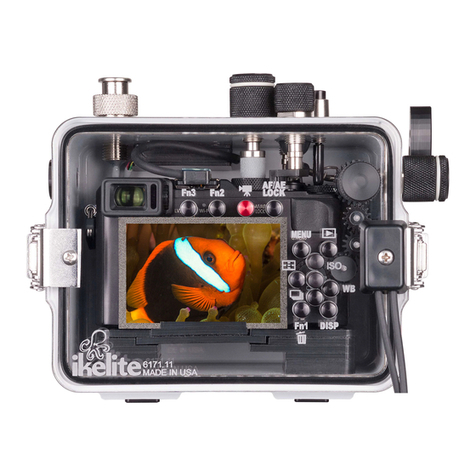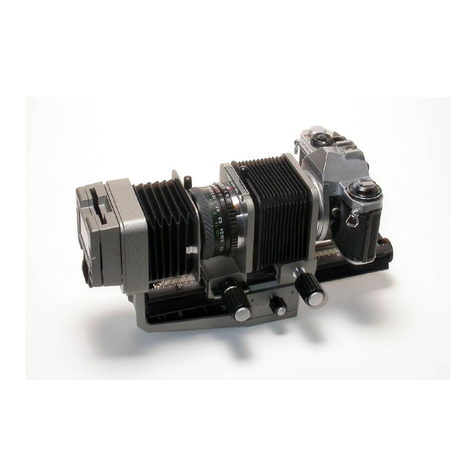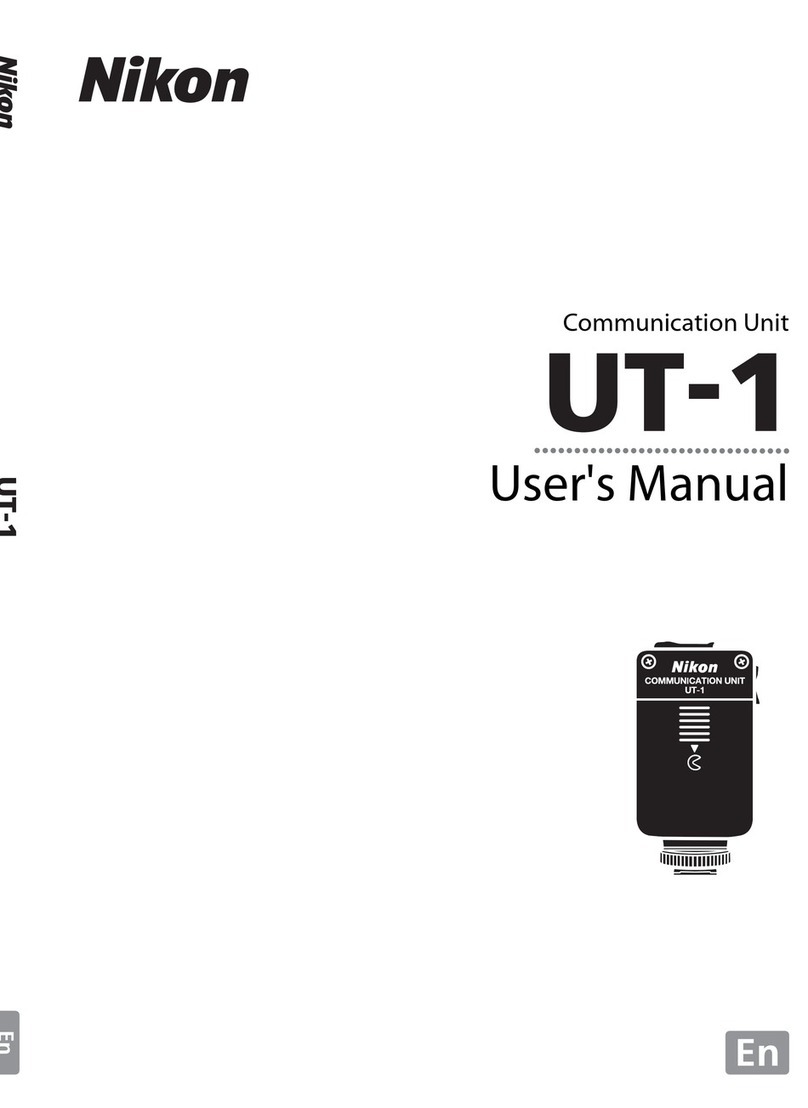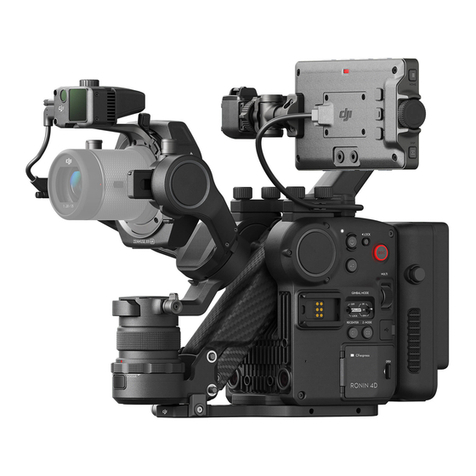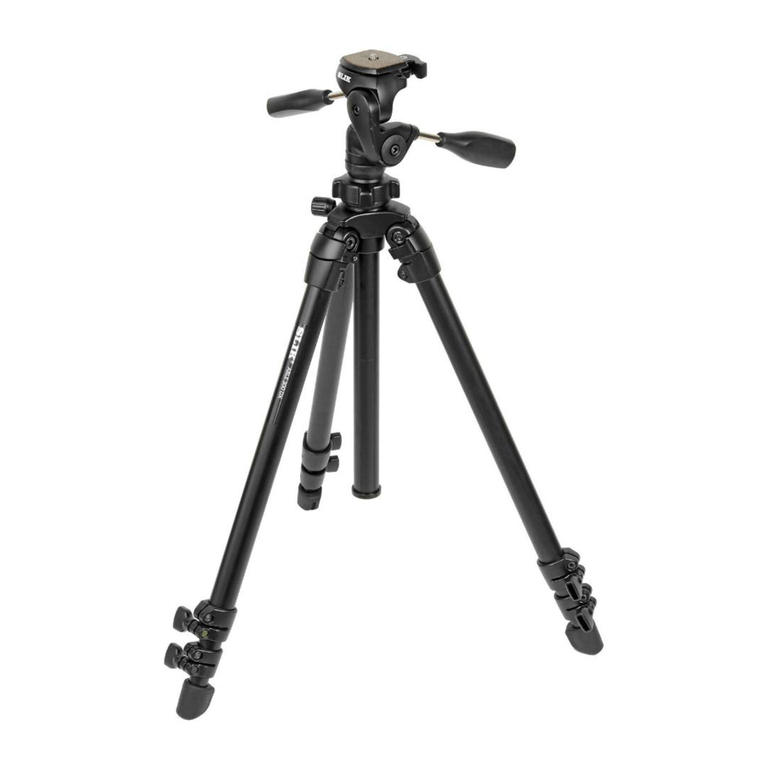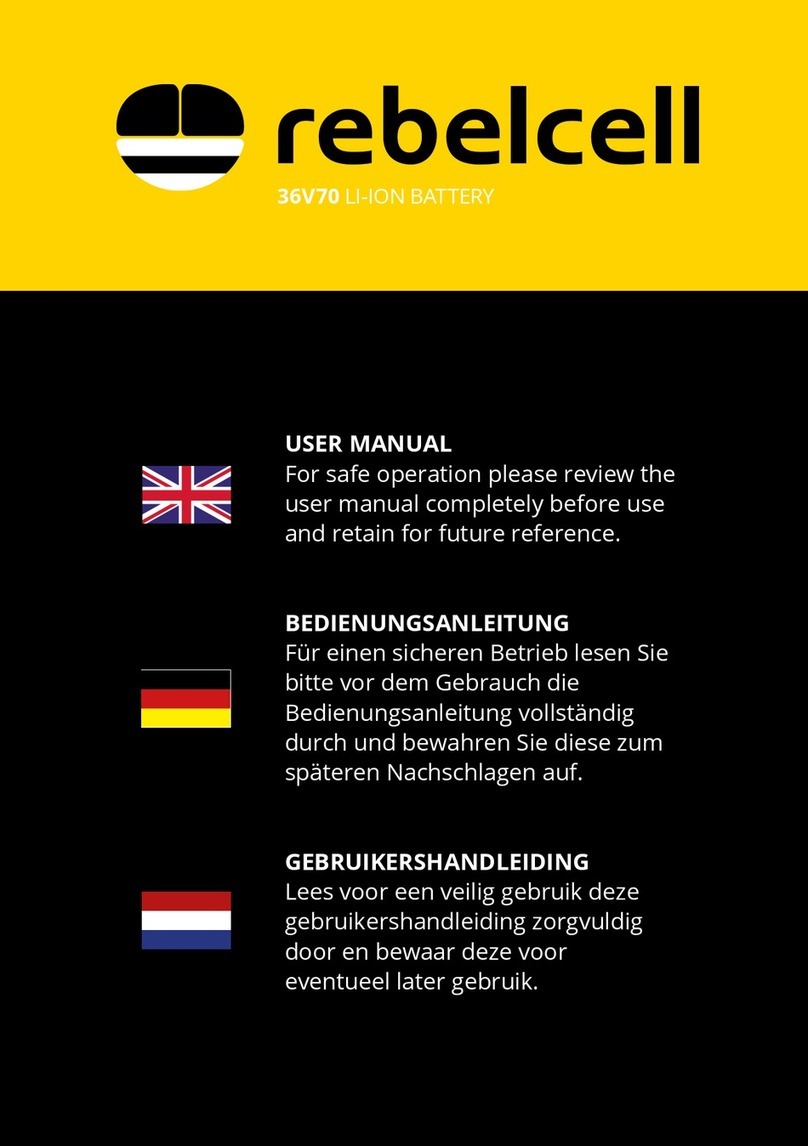
CONTENTS
1APPLICATION ............................................................................................................3
2OPERATION CONDITIONS........................................................................................3
3TECHNICAL SPECIFICATIONS.................................................................................4
4DELIVERY SET ..........................................................................................................5
4.1 Standard delivery set.............................................................................................5
4.2 Optional equipment supplied on request...............................................................5
5PRODUCT DESCRIPTION.........................................................................................6
5.1 Main features.........................................................................................................6
5.2 Design ...................................................................................................................6
5.2.1 Turnstile housing............................................................................................7
5.2.2 Indication modules .........................................................................................8
5.2.3 RC panel ........................................................................................................8
5.2.4 Control Logic Board........................................................................................9
5.2.5 Parameters of control signals.......................................................................11
5.2.6 Control modes of the turnstile.......................................................................12
5.2.7 Algorithm of the control mechanism .............................................................13
5.3 Control devices of the turnstile ............................................................................14
5.3.1 Connection of the RC panel .........................................................................14
5.3.2 Emergency opening device Fire Alarm.........................................................15
5.3.3 Control of the turnstile in ACS......................................................................15
5.4 Additional devices connectable to the turnstile....................................................16
5.4.1 Relay outputs ...............................................................................................16
5.4.2 ID and siren..................................................................................................17
5.4.3 Remote indicators ........................................................................................17
5.5 Operation contingencies and response...............................................................18
6MARKING AND PACKAGING...................................................................................19
7SAFETY REQUIREMENTS ......................................................................................20
7.1 Installation safety requirements...........................................................................20
7.2 Operation safety requirements ............................................................................20
8INSTALLATION INSTRUCTIONS.............................................................................21
8.1 Installation details................................................................................................21
8.2 Installation tools...................................................................................................23
8.3 Length of cables..................................................................................................23
8.4 Connection layout of the turnstile and optional equipment...............................24
8.5 Installation procedure.........................................................................................26
9OPERATION INSTRUCTIONS................................................................................28
9.1 Power-up.............................................................................................................28
9.2 Operating modes of the turnstile at pulse control mode...................................28
9.3 Operating modes of the turnstile at potential control mode .................................30
9.4 Actions in emergency..........................................................................................30
9.5 Troubleshooting...................................................................................................31
10 MAINTENANCE........................................................................................................32
11 TRANSPORTATION AND STORAGE.....................................................................33
Appendix 1. Control signal algorithm at pulse control mode..............................................34
Appendix 2. Control signal algorithm at potential control mode.........................................35
